Son Cubano: Instruments
Instruments of Son Cubano: Cuban instrumentation is also deeply rooted in Afro-Spanish blending; besides Spanish “tres” (see below) it is mainly the range of traditional African instruments that make Son Cubano special:
Marimbula
West African lamellophon, in Cuba preferably used for percussive bass play (listen f.i. to Tsetse’s “Rumba Kalimba“), frequently used in proto-son, before the Western double bass came in.
Congas
Deep hand drums in different sizes, mainly rooted in Congo drumming (“palo”): the “quinto” ( hight pitched solo drum), the “tres golpes” (middle sized) and the “salidor” (largest). There are several different hand techniques, from high pitched slaps to low thumping palm strokes.
Bongó
Pair of small, connected hand drums (smaller high pitched “macho”, larger low pitched “hembra”), originating in mountainous East. Skin tuning is enabled by metal rings with screws. Being hold between the knees varioius finger techniques are used to keep the main beat (“martillo” technique) as well as to fill gaps and play solo parts.
Claves
Pair of small thick wooden sticks that are struck together to produce a piercing cinquillo pulse (example here), needed to be heard by the whole band – like the bongó another popular particularity of Cuban sound, soon becoming omnipresent in Afro-Latin styles.
Shekeré
Large emblazed hollow gourd (calebash), covered in beads that are shaken to create a deep, low-pitched shaker sound. In rumba music the shekeré usually outlines the first beat of each bar or phrase.
Güiro
Smaller hollowed out gourd with grooves along its edge. By scraping the güiro with a small stick or wire fork, the player adds a basic sizzling percussion sound.
Catá or Guagua
Hollowed tree trunk, which the player hits with wooden sticks or mallets. The resulting sound is dry and penetrating, similar to claves, although with a different pitch; it is an essential instrument in Congo yuka and certain rumba ensembles.
Bells
Different sized and pitched bell (f.i. cowbell or a double agogo), often played in a loud and sibilant way to accompany bigger ensembles or street parades (“comparsas”).
Batá
Deeply sacred drums of Nigerian origin to worship the Yoruba gods (“Orishas”) in santería. They are made of three hourglass-shaped drums of different sizes, sometimes with jingle bells on it, are knee-held and struck from both sides.
The Spanish instruments were mainly the:
Tres:
3- stringed guitar-like instrument. A tres has three pairs of strings (“courses”), tuned unisono or in octave distance (f.i.: GG’, C’C, E’E). Usually the tres plays a syncopated melodic phrase outlining both clave and harmonic structure (“montuno” pattern).
Cuban laud
12-string guitar od laud , derived from the Arabic oud (today little resemblance) and mainly used for the “punto guajiro” music of the Western provinces (usually in 3/4 or 6/8).
Spanish guitar
having steel as well as nylon strings, which is particular for Spanish guitars.
Timbales
Pair of metal single headed drums of Spanish origin with high pitched cutting tone (also “macho” and “hembra”), played with wooden sticks. The timbalero would play the metal drum shell more than the drum heads (which are more used for fills and solos).
All other non-african instruments (trumpet, trombone, double bass, piano) have intruded into Cuban son music later.
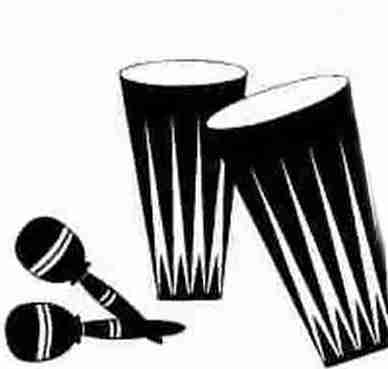
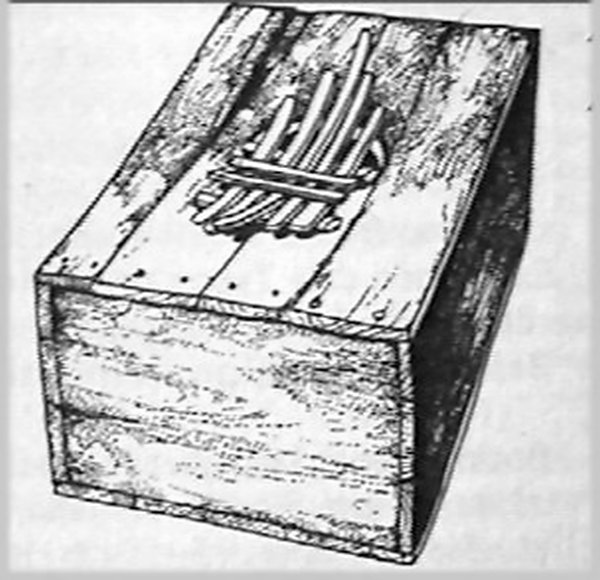
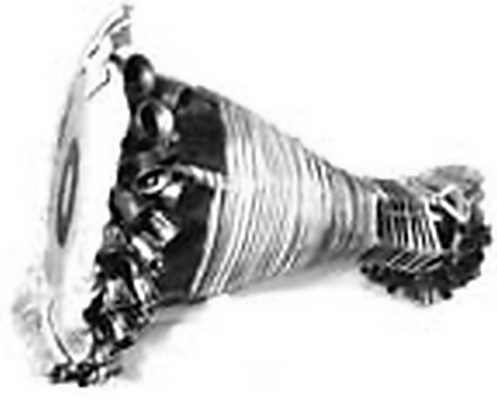
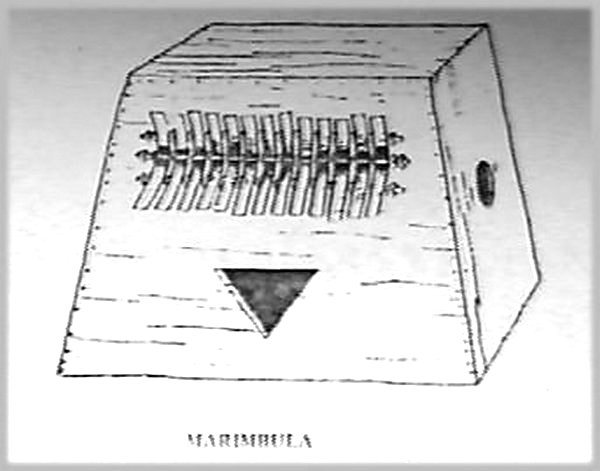
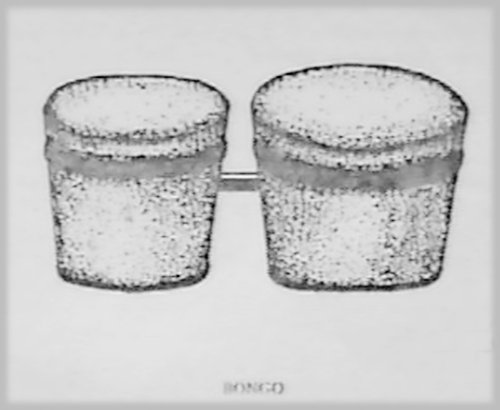
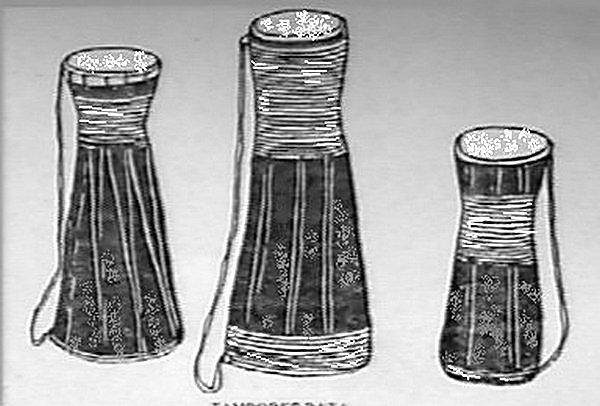
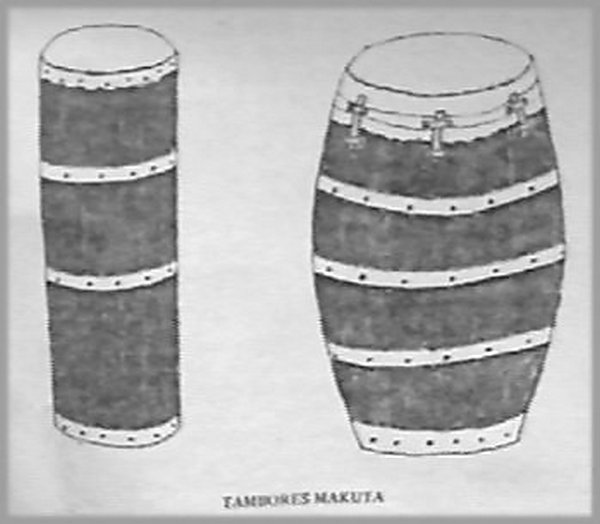
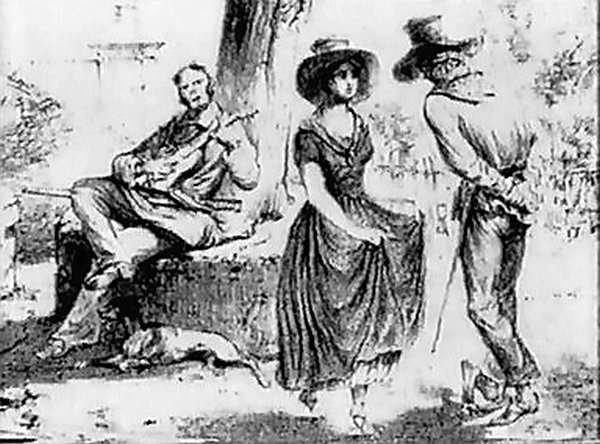
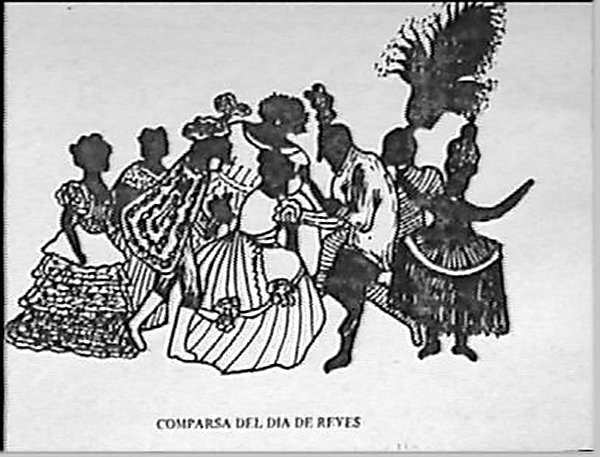
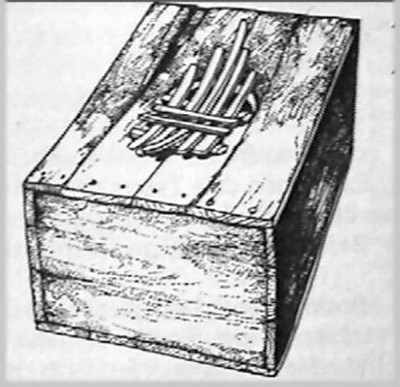
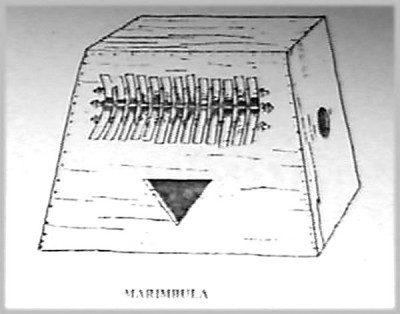
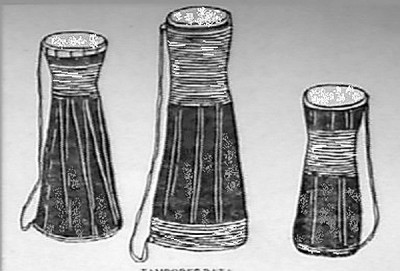
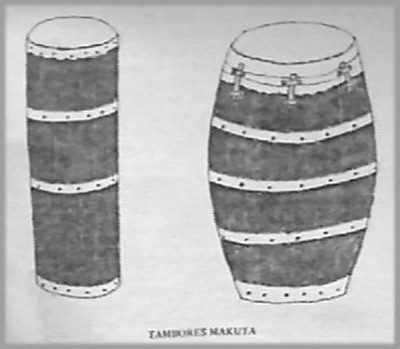
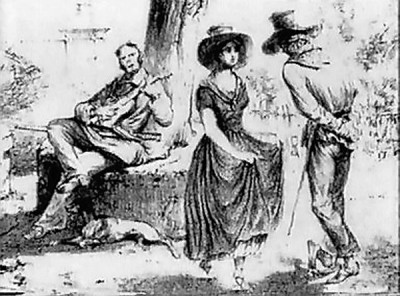
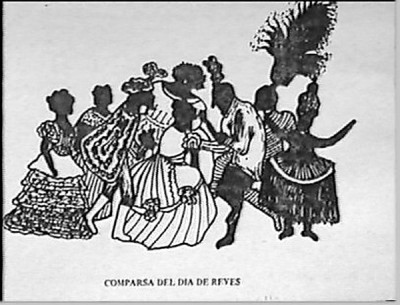
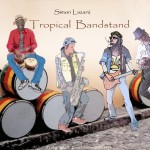
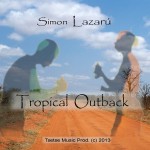
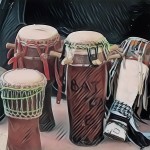
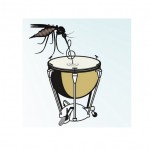
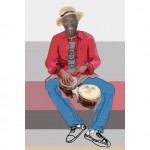

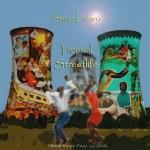
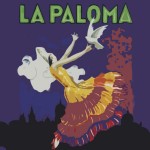
Reviews
There are no reviews yet.